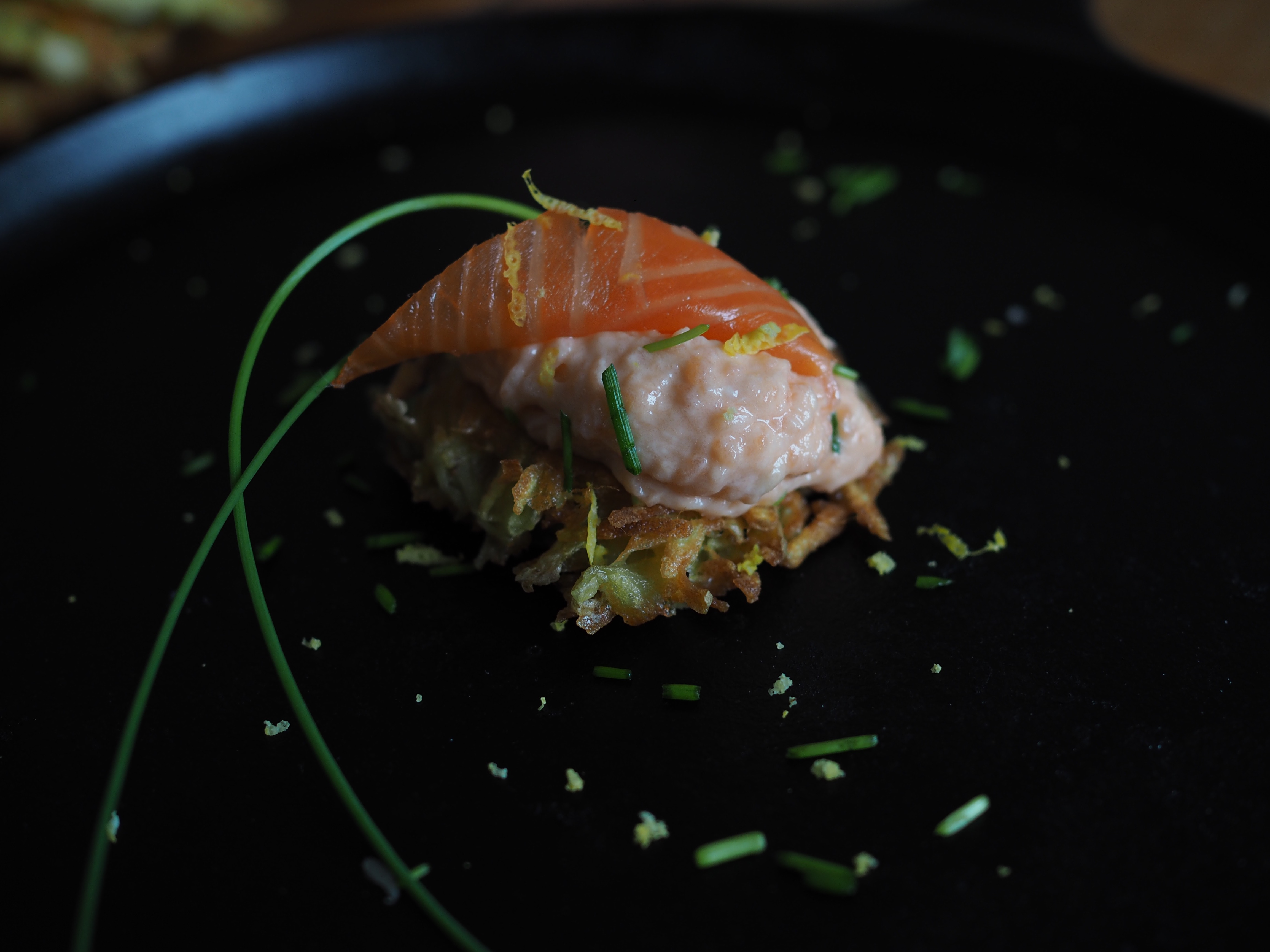
 Sprouts of stinging nettles and wood nettles (brennesle) have unearthed across our farm following an indecisive spring which left plenty of water and a sudden transition from frosty earth to vibrant patches of green. In only a few short days, they have begun a siege to take over; relentless, swift and full of surprise positioning. While their dominance and sting may prompt many to take up battle, it is their nutrition and use in cooking which have many people, including myself, welcome the voracious growing with open arms.
Sprouts of stinging nettles and wood nettles (brennesle) have unearthed across our farm following an indecisive spring which left plenty of water and a sudden transition from frosty earth to vibrant patches of green. In only a few short days, they have begun a siege to take over; relentless, swift and full of surprise positioning. While their dominance and sting may prompt many to take up battle, it is their nutrition and use in cooking which have many people, including myself, welcome the voracious growing with open arms.
Behind the bite of this so called weed, is an incredibly nutritional and diverse super plant. Nettles can be handled and tamed (with some good gloves and boiling water) and have long been valued for their medicinal and health benefits, as well as their textile properties. Even the Vikings understood their value, as nettle fibers were discovered during the Oseberg find; a Norwegian Viking burial ship dated around 834 AD. During World War 1, the German army used nettles as a substitute for cotton when there was a shortage of textiles. And aside from being greatly fibrous, nettles are rich in vitamin C, magnesium and iron and other antioxidants. Ancient Egyptians used infusions of nettle for arthritis and the Romans carried it with them for stimulating circulation for tired legs. Hippocrates (460-377 B.C.) and his followers reported 61 remedies using nettle. Native tribes across America, Ecuador and Canada were also discovered to use nettle for its medicinal properties. And today, it continues to be used for multiple remedies, including allergies, eczema, iron deficiency, and so on. (source)


 The smell of melting butter amidst flaky dough fills the room. A slight hint of orange and vanilla. As I wait for the minutes to pass, I cozy up to my chair and read more about the famous pastry known in Norway as wienerbrød, or translated to viennese and commonly referred to as danish in English. The aroma is well-known across bakeries in Norway and the rest of Scandinavia. It’s a pastry that was indeed created from bakers in Denmark, but not solely by their own efforts. It was a result of inspiration and the borrowing of techniques, like most recipes today. By standing on the shoulders of others, they were able to create a new, inspired pastry.
The smell of melting butter amidst flaky dough fills the room. A slight hint of orange and vanilla. As I wait for the minutes to pass, I cozy up to my chair and read more about the famous pastry known in Norway as wienerbrød, or translated to viennese and commonly referred to as danish in English. The aroma is well-known across bakeries in Norway and the rest of Scandinavia. It’s a pastry that was indeed created from bakers in Denmark, but not solely by their own efforts. It was a result of inspiration and the borrowing of techniques, like most recipes today. By standing on the shoulders of others, they were able to create a new, inspired pastry.


 The concept of awakening later turned into an old tradition of waking early from bed and grabbing birch branches to then playfully spank those who were not yet awake. It was normal, up until far into the late 1900s, for children to whip their parents for fun and to be treated to a cream-filled bun afterwards. These buns are still eaten on Sunday.
The concept of awakening later turned into an old tradition of waking early from bed and grabbing birch branches to then playfully spank those who were not yet awake. It was normal, up until far into the late 1900s, for children to whip their parents for fun and to be treated to a cream-filled bun afterwards. These buns are still eaten on Sunday.




